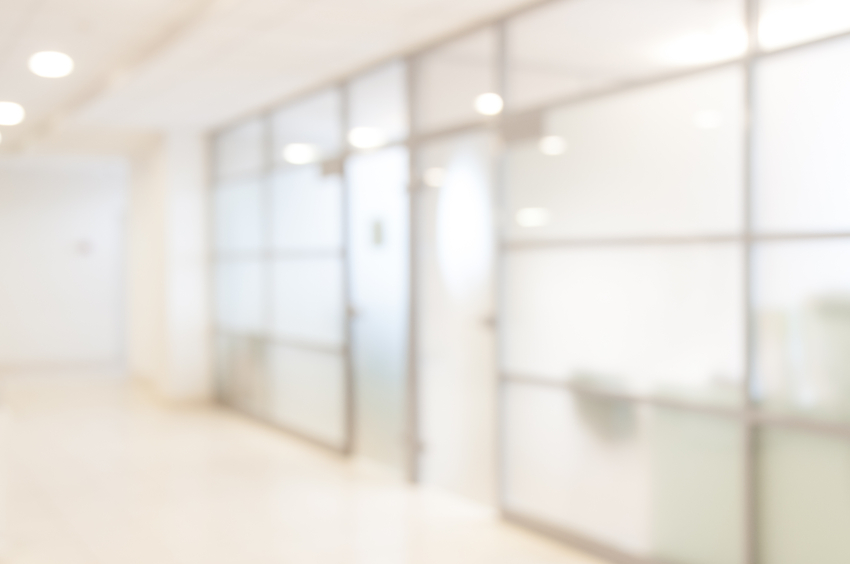It’s no secret that for years, “open” office spaces dominated current workspace trends. Companies of all sizes had shunned the so-called “cube farm” cubicle culture and flocked instead to the space-saving, minimalist floor plans to boost employee collaboration, engagement, and productivity.
 |
In the world of commercial leasing and corporate office design, however, change is once again afoot.
More recently, forward-thinking companies are rewriting the rules of the once-heralded open-plan workplace, hitching their wagons instead to creating a “hybrid office” that incorporates a range of spaces and gives employees the autonomy to move among them throughout the workday.
A ‘Free Address’
Consider what the contemporary work environment looks like at the Americas headquarters in New York of global financial services company Credit Suisse Group, where its 91,000-square-foot space is dubbed “Smart Working Floor.”
Workspace choices include a bevy of different settings that target both solo and team approaches. They include neighborhoods, or home zones; modular work/meet areas; smaller, collaborative business gardens; quiet or focus zones for individual concentration; project zones for team work; and phone booths for calls and privacy. Technology supports the concept—employees use instant messaging to communicate with each other and smart cards to log into computers located throughout the floor.
“The office is free address. Nobody has an assigned workspace, irrespective of corporate rank,” Per Hansen, the company’s global head of smart working, recently told NAIOP—The Commercial Real Estate Development Association. “You go to the space that is best suited for the type of work you are doing on that day.”
Too Many Distractions
What’s driving the shift to such hybrid design? For one thing, open spaces aren’t always delivering the benefits promised; evidence is mixed at best on whether open plans actually foster higher levels of collaboration and efficiency as complaints of noise and distractions continue to stack up.
For example, a June 2016 survey of more than 600 senior executives and 600 employees by forecasting and advisory firm Oxford Economics in New York found that threats to productivity and worker peace of mind are bigger issues than most executives realize, and most don’t have the space design, technology, or strategies in place to deal with the problems.
In the survey titled When the walls come down—How smart companies are rewriting the rules of the open workplace, 53% of employees polled said ambient noise regularly disrupted their productivity and satisfaction at work, whereas just 35% of executives agreed that such disruptions were an issue.
Too Little Focus
Moreover, in a July 2016 survey of more than 4,000 workers across 11 industries, San Francisco-based architecture, design, and planning firm Gensler found that the most innovative companies now seek to provide their organizations with a diversity of well-designed spaces in which to collaborate and focus as well as give employees the ability to work when and where it best suits their work needs.
“We’re seeing that workplace design is a critical part of truly innovative companies’ success,” says Diane Hoskins, Gensler’s co-CEO. “On average, employees at innovative companies have better-designed, more functional workspaces.”
For its 2016 U.S. Workplace Survey, Gensler devised a Workplace Performance Index that combines factors that impact worker experience. It then calculated qualitative ratings for physical environments.
The index found that innovative companies are five times more likely to have workplaces that prioritize both individual and group workspaces, Hoskins says. This seems to parallel a swing in how employees are completing their work; time spent collaborating has decreased by 20% since 2008, Gensler data shows, while time spent focusing has increased by 13%.
Such trends aren’t to be taken lightly, experts say, because the cost of office space continues to be a major corporate expense. The average yearly cost to rent office space, at 200 square feet per employee, ranges from a low of $4,194 in Atlanta to high of $14,800 in New York City, according to the latest data from The Square Foot, an online commercial brokerage.
Part 2 of this article offers a set of guidance points to help focus, improve, and revitalize your next-generation office.
